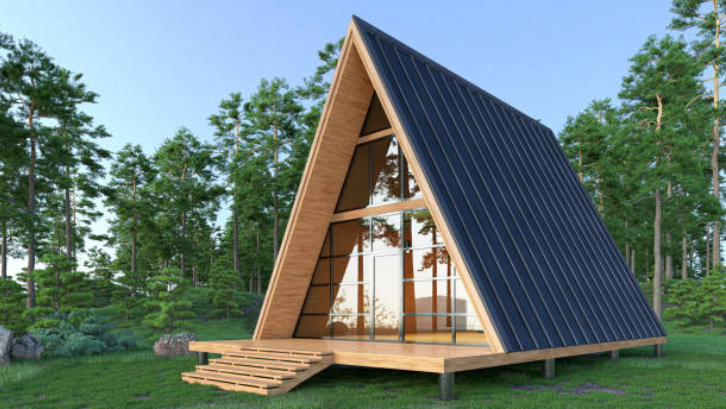Choosing the Right Wood for Home Construction
Building a home is a monumental undertaking, and one of the most crucial decisions in the process is selecting the type of wood for construction. The choice of wood not only influences the aesthetic appeal of your home but also determines its structural integrity and longevity. In this article, we will explore various types of wood suitable for building homes, considering factors such as durability, cost, and environmental impact.

1. Hardwoods vs. Softwoods: Understanding the Basics
The first decision in choosing wood for home construction is between hardwoods and softwoods. Hardwoods, such as oak, maple, and mahogany, are known for their durability and resistance to wear. Softwoods, on the other hand, like pine, cedar, and fir, are generally more affordable and easier to work with. The choice between the two depends on the specific requirements of your construction project.
2. Oak: The Timeless Choice for Strength and Durability
Oak stands out as a timeless choice for home construction due to its strength and durability. It is resistant to decay and insects, making it an excellent option for structural elements. Oak also boasts an appealing grain pattern that adds a touch of elegance to the interior. While oak can be more expensive than some other woods, its longevity and aesthetic qualities often justify the cost.
3. Pine: Affordable and Versatile
Pine is a popular choice for home construction, particularly in framing and structural elements. It is readily available and more affordable than many hardwoods. Pine’s versatility allows it to be stained or painted to achieve various finishes, making it a practical choice for both interior and exterior applications. However, it is important to note that pine is softer than hardwoods and may be prone to dents and scratches.
4. Cedar: Resistant to Decay and Insects
Cedar is celebrated for its natural resistance to decay and insects, making it an excellent choice for outdoor applications. It is commonly used for siding, decking, and outdoor furniture. Cedar’s distinct aroma and beautiful reddish-brown color add to its appeal. While cedar may be more expensive than some softwoods, its longevity and resistance to elements make it a wise investment.
5. Redwood: A Premium Choice for Aesthetic Appeal
Redwood, known for its rich reddish-brown color, is a premium choice for home construction. It is naturally resistant to decay and insects, making it suitable for outdoor applications. Redwood’s striking appearance and durability contribute to its higher cost, but many homeowners find the investment worthwhile for its aesthetic appeal and long lifespan.
6. Mahogany: Exotic Hardwood for Elegance
For those seeking an exotic and elegant option, mahogany is a top contender. It is a dense hardwood with excellent durability and resistance to decay. Mahogany is often used for doors, windows, and high-end furniture. While mahogany comes with a higher price tag, its luxurious appearance and long-lasting qualities make it a preferred choice for those looking to make a statement with their home construction.
7. Plywood: Budget-Friendly and Stable
Plywood, a engineered wood product, is a cost-effective and stable option for various applications in home construction. It is made by layering thin sheets of wood, known as veneers, and gluing them together. Plywood is commonly used for sheathing, subfloors, and roofing. Its affordability and structural stability make it a practical choice for projects with budget constraints.
Conclusion: Crafting Your Dream Home with the Right Wood
In conclusion, choosing the right wood for home construction is a pivotal decision that impacts the aesthetics, durability, and overall quality of your home. Each type of wood comes with its own set of characteristics, and the ideal choice depends on your specific needs, budget, and preferences. Whether you opt for the timeless strength of oak, the affordability of pine, the resistance of cedar, the luxury of mahogany, or the stability of plywood, selecting the right wood is a crucial step toward crafting your dream home. Carefully weigh the pros and cons of each option, consider the intended use, and consult with professionals to ensure your choice aligns with the vision you have for your home.
